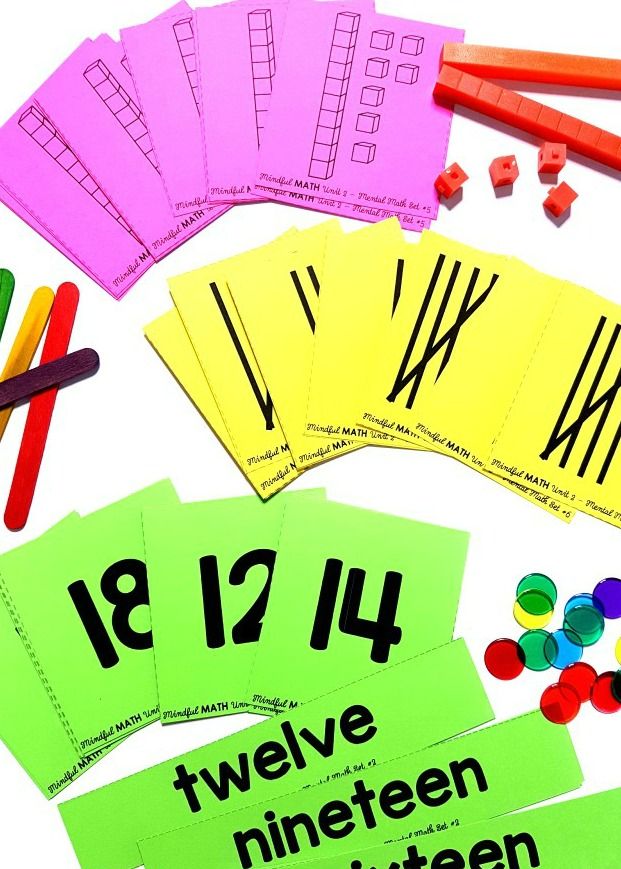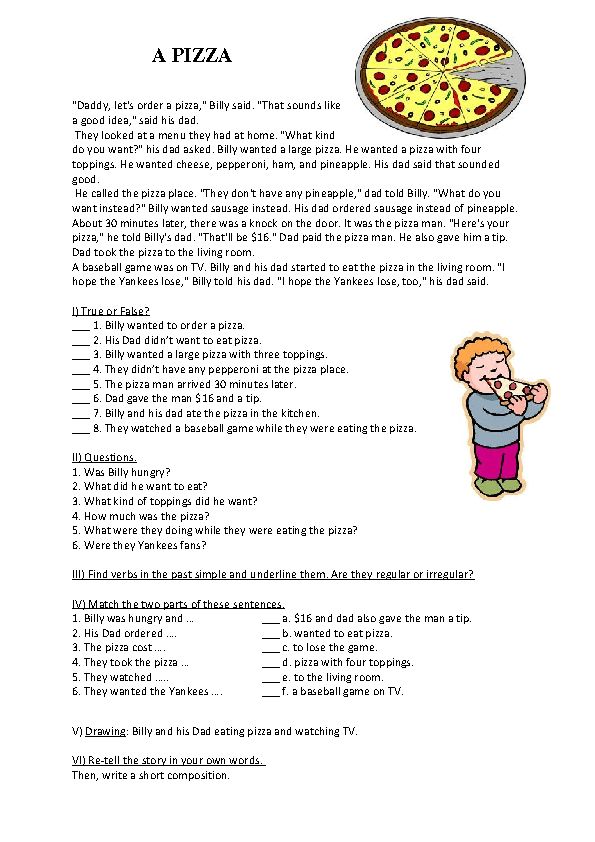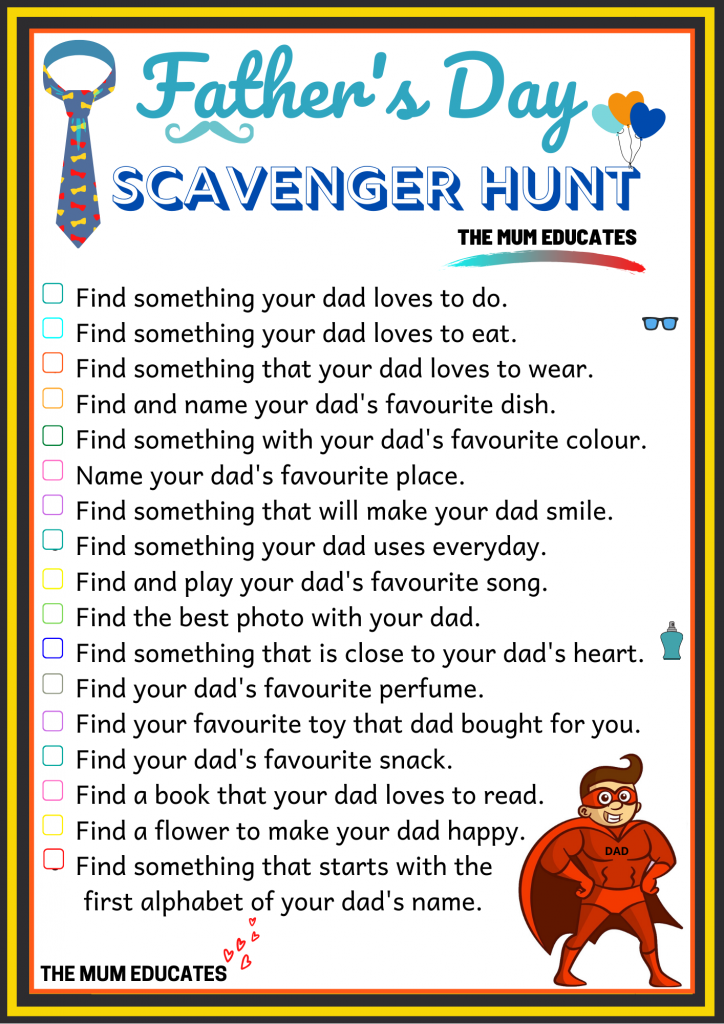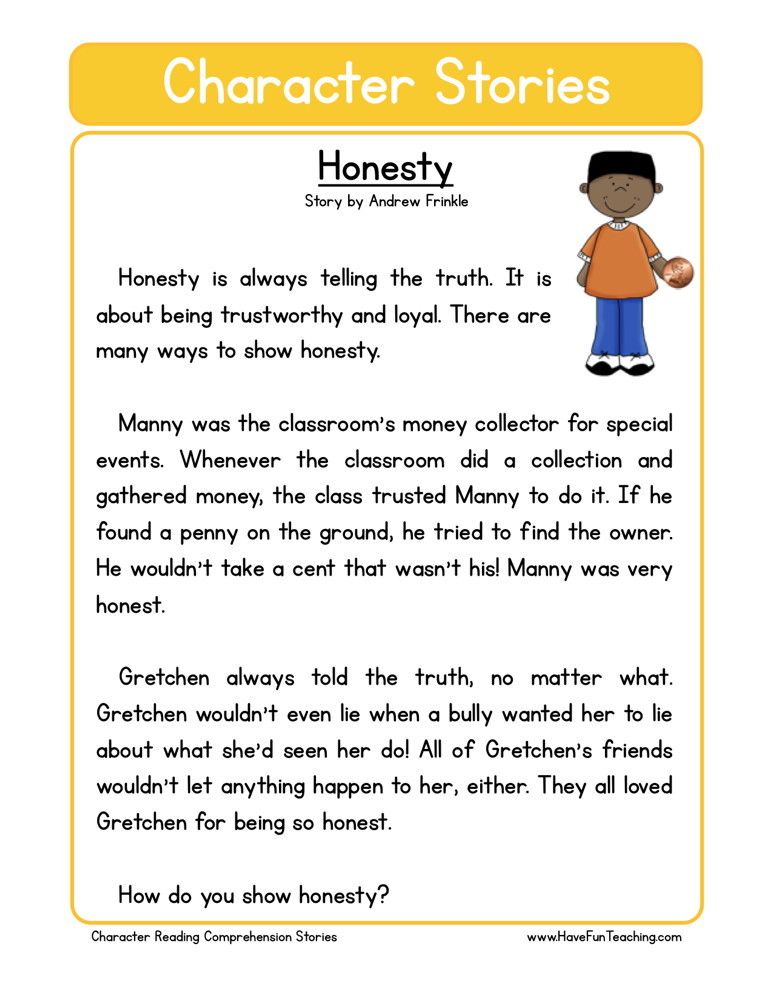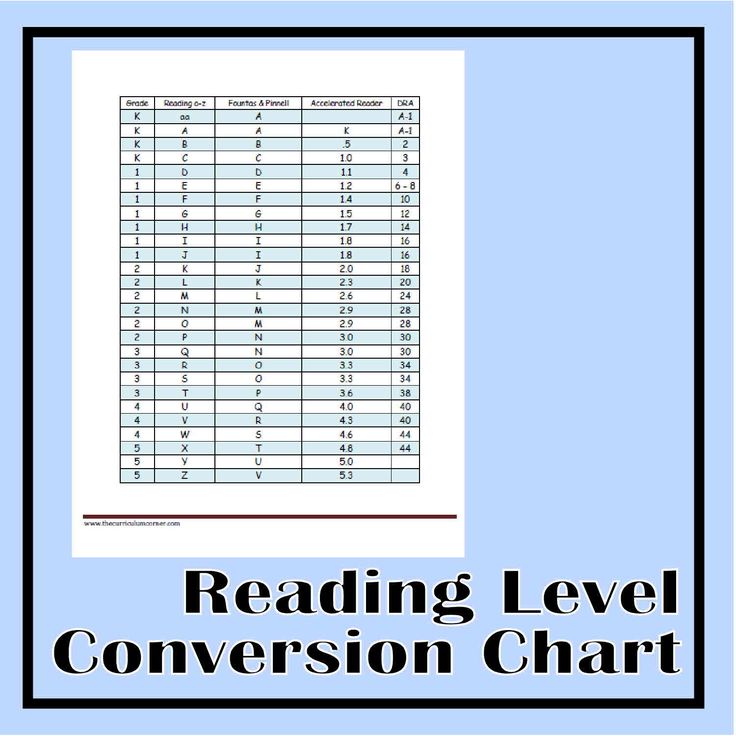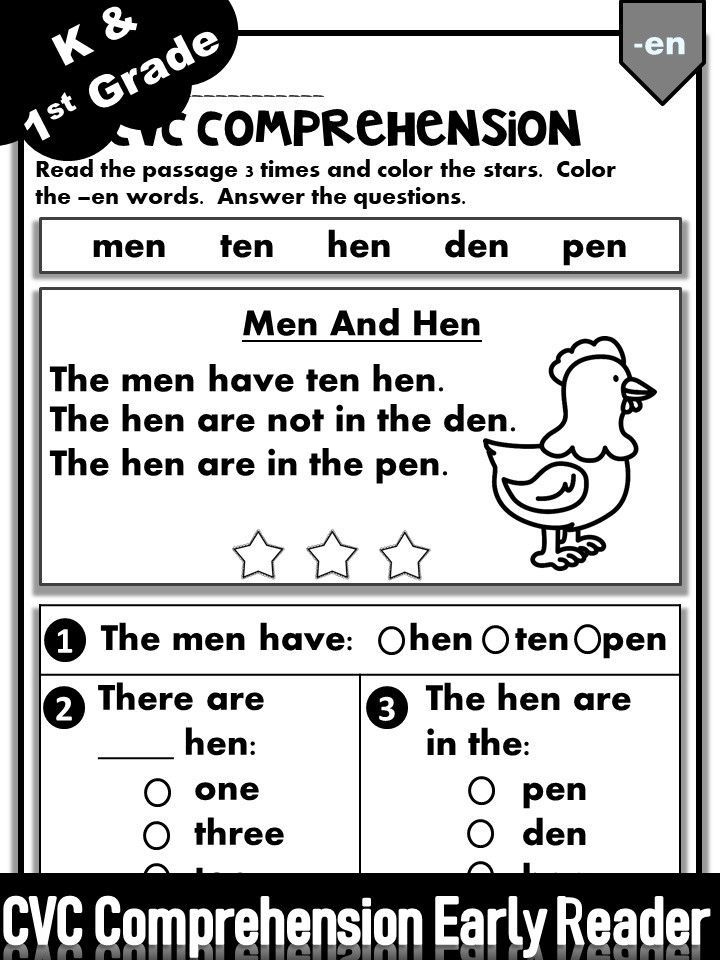Ways of teaching vocabulary
7 Creative Strategies To Improve Vocabulary Teaching
Vocabulary skills are critical to each student's academic achievement. In and out of the classroom, student success depends on grasping reading comprehension and English language development. Effective vocabulary strategies help you educate children as they learn new words.
Developmental delays, reading difficulties and infrequent exposure to new words can cause setbacks in student progress. However, most teachers agree that passive learning isn't the best way to help students grow their vocabulary skills.
What teaching strategies should you use instead to streamline vocabulary instruction?
How is vocabulary knowledge developed?
Vocabulary is understanding how to use words in relation to their meaning. Developing new vocabulary involves more than just looking up words in a dictionary and using those words in sentences.
Students' vocabulary grows throughout their lifetime through direct and indirect learning. You can adopt direct teaching methods such as:
- Introducing specific word instruction geared toward increased comprehension and vocabulary.
- Leading wordplay activities that build upon previously learned words.
- Encouraging students to read often to boost their word knowledge and language development.
- Using the dictionary to teach word meanings and asking students to use those words in sentences during class participation.
- Utilizing Cognate Awareness (ELL) to teach kids similar words in English and other languages, such as Spanish. Cognates are two words in different languages that have similarities including spelling, meaning, and pronunciation.
- Making speaking skills a priority when learning vocabulary.
- Reading stories to your students. It helps them to question and learn specific words. Books that contain pictures may help reinforce the 'bigger' words for your students.
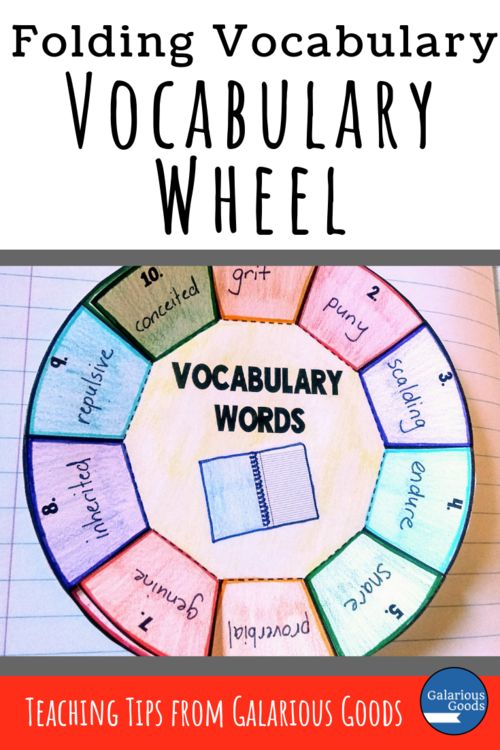
Deepening vocabulary skills takes a lifetime. It’s vital that students understand how to learn new words so that they don't feel singled out if they're struggling to enhance their vocabulary.
Effective vocabulary learning techniques
When teachers use word learning techniques and teaching strategies like dictionary use, morphemic analysis, cognate awareness and contextual analysis, students catch on quickly and can recall new words, synonyms and antonyms. Each of these components builds on their prior knowledge of other words to create their own vocabulary library.
Effective teaching strategies include various methods you can use in the classroom today:
- Expose students to the same word many times to support learning
- Give students the definition of the word and ask them to write that word in a sentence
- Use graphic organizers to define new words
- Teaching kids to be independent and learn how to correct their own errors — it's ok to make mistakes!
- Bring technology into the classroom and use digital tools suited to teaching vocabulary.
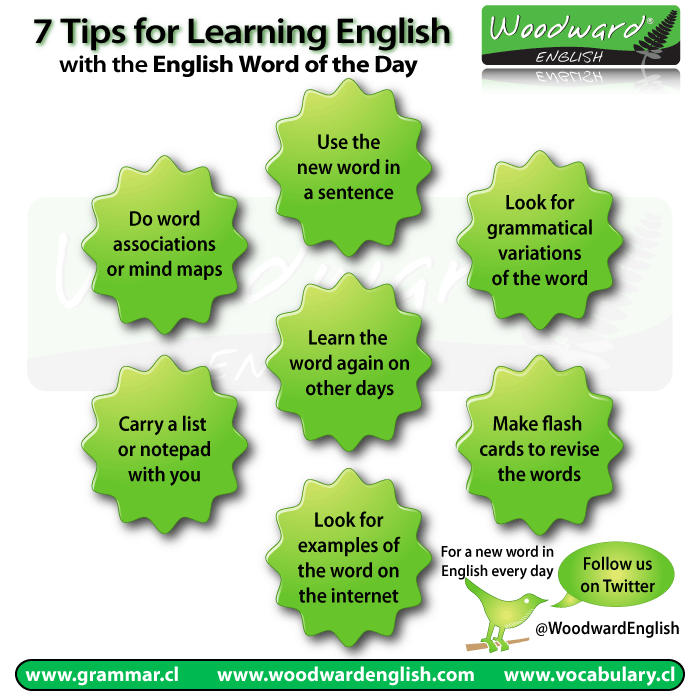
- Let students practice often
Simple and effective vocabulary strategies help your students build an impressive vocabulary. But we have more tactics to share with you!
Be sure to have a look at the comprehensive list of targeted strategies to help you teach vocabulary to your students.
1. Take a student's perspective
You understand what it's like to grow your own vocabulary — you’ve been doing it for many years! With your higher education and experience in reading and writing, there is much wisdom you can pass onto your students.
Adjust lesson plans to accommodate any problems that students encounter as they learn new words. Show them how to take a word they've never heard of before, sound it out and show its use in a sentence or two. They'll pick up on its meaning through the sentences.
One way to level-up this language technique is to take a culturally-responsive approach. And you can do this by framing new words in examples that are familiar to your students whether it's geographically, culturally or socio-economically, for example.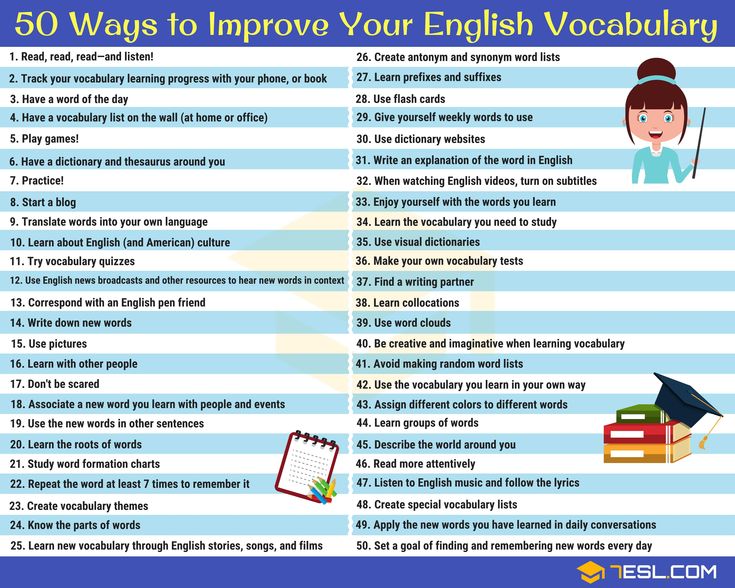
2. Try using a word wall
A word wall encourages kids to focus on learning new words. Word walls are easy to create! Simply type or handwrite a list of words in large letters and hang them up on a bulletin board or a wall where students can see it every day. Be sure to add new words throughout the year so that your students deepen their knowledge of unknown words and their meaning.
Invite your students to take part in creating a bigger wall and add pictures, synonyms and antonyms to each word. If they're having trouble grasping the meaning of specific words, adding synonyms can help ease confusion.
Word walls provide a fun way to increase your students' vocabulary skills.
3. Create vocabulary notebooks
Vocabulary notebooks encourage students to expand their prior knowledge and boost their English language proficiency. Hand out notebooks so that they can jot down new words and their meanings. You can motivate students to think about writing synonyms and antonyms beside each new word.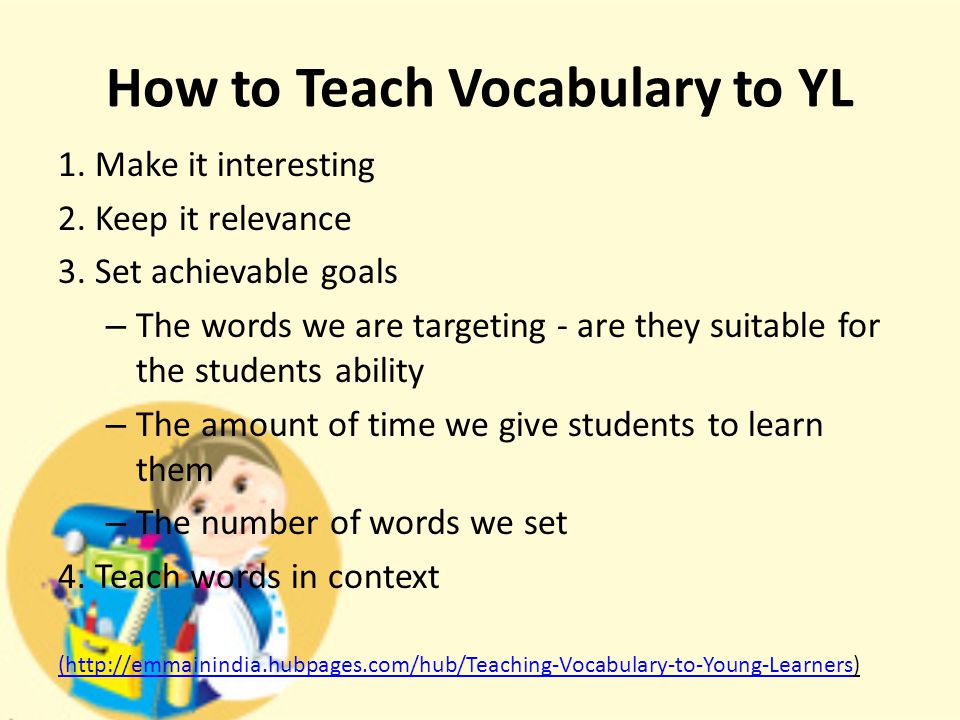
To make vocabulary notebooks more fun, ask your students to draw pictures or create charts to show how they used a word in a few sentences. It gives them an opportunity to practice that word a few times and reinforce its definition.
And speaking of opportunities, a perfect time for students to practice their language with vocabulary notebooks is during writing periods.
A regular cadence of writing periods coupled with their vocabulary notebooks will encourage students to reflect on the words they’ve learned and to actively use them in their writing to get additional practice.
These vocabulary word books remind students of their advancement. It'll help them realize just how much they've progressed throughout the year.
4. Connect word meanings with semantic mapping
Semantic mapping is a type of graphic organizer that displays a relationship between specific words and phrases.
Select one student to draw a keyword on the chalkboard. Next, encourage students to participate in creating the map and write words that are connected to the keyword.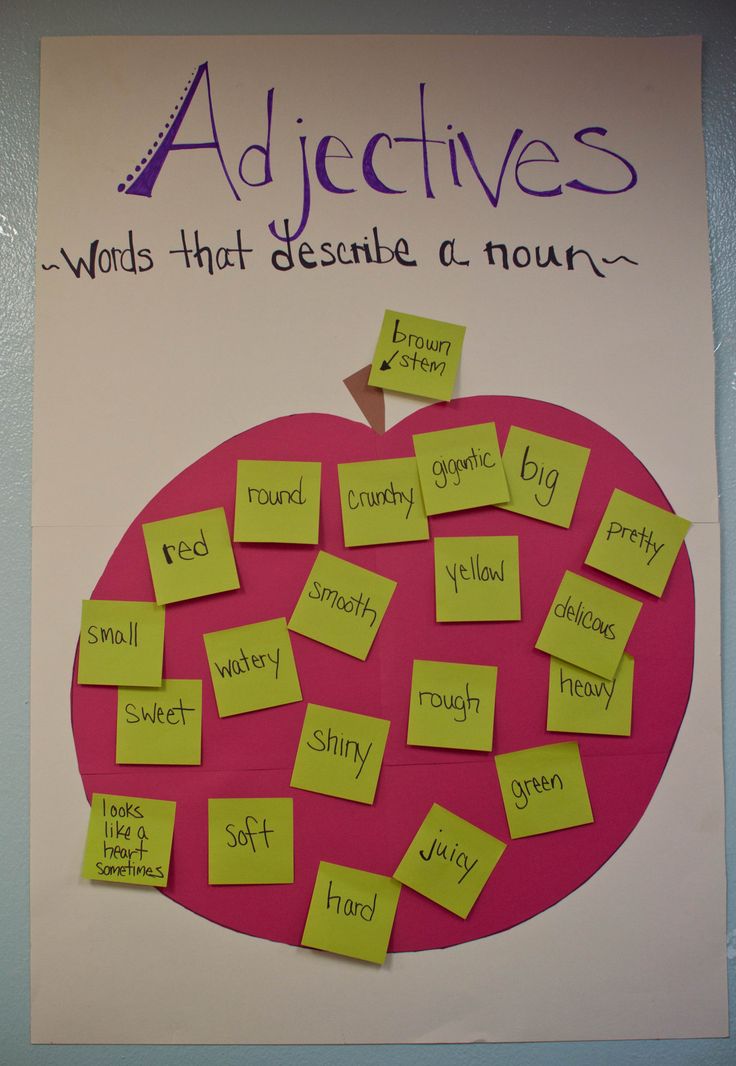 For example, a student or teacher could write the keyword "farm" on the chalkboard. Your students would take turns writing words such as cow, barn, horse, hay and farmer.
For example, a student or teacher could write the keyword "farm" on the chalkboard. Your students would take turns writing words such as cow, barn, horse, hay and farmer.
Semantic maps help build students' vocabulary and reading comprehension. Teachers can add more challenging words each week. As students grow their vocabulary, they'll become confident in their reading and writing abilities.
5. Make word cards
Word cards help students to develop their ability to learn new words and highlight their meaning. There are a few ways you can get students to create their own word cards.
In this example, students can write single keywords on separate blank cards. They'll determine if that word is a noun, pronoun, adjective or verb. Make sure they write the definition below each word. Instruct them to use those words in a few sentences, or turn the word into a quick writing prompt.
Consider putting students into small groups of two to four kids. They can help each other to develop their vocabulary by introducing keywords to each other and asking them to use those words in a sentence.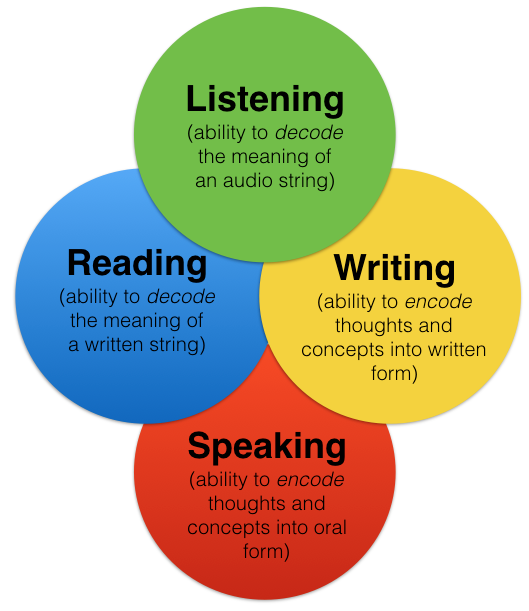
Weekly word cards support English language development and enhance reading comprehension.
6. Encourage reading comprehension
It's crucial to every student's academic success to develop reading comprehension abilities. A variety of teaching methods, combined with consistent reading assignments, should help build comprehension and vocabulary development.
Below, you’ll find a few tips to help strengthen your students' reading comprehension skills:
- Class discussion about books they're reading. Talking about books helps students to remember the stories and promotes comprehension.
- Phonics. Practicing phonics is a fun way for kids to build their vocabulary skills. Phonics helps students master sounds and differentiate between letters that sound the same as "s" and "th".
- Reading grade-appropriate books. Give your students books suited for their grade level. Books should be easy enough for kids to understand the story's meaning but challenging enough to expand their vocabulary.

- Read aloud. Get students to take turns reading aloud to help them see words and to hear them, too. They can learn how to pronounce the words as they go. Be mindful of students who might find reading aloud in front of the whole class to be daunting. If any students come to mind, it can help them to read aloud to a partner, teacher, parent or small group.
7. Use visuals and situations
When possible, use meaningful visuals in your classroom. Flashcard tools like Vocabulary Cartoons help students connect words to fun cartoons through memory techniques. This program works well from the elementary grades through to high school.
Use the following visual vocabulary teaching strategies with your students:
- If you've created a word wall, ask your students to make paper flashcards with new words and their definitions. Display the flashcards for the entire class to look at every day. Make sure you change the words each week so that they continuously learn new words and phrases.
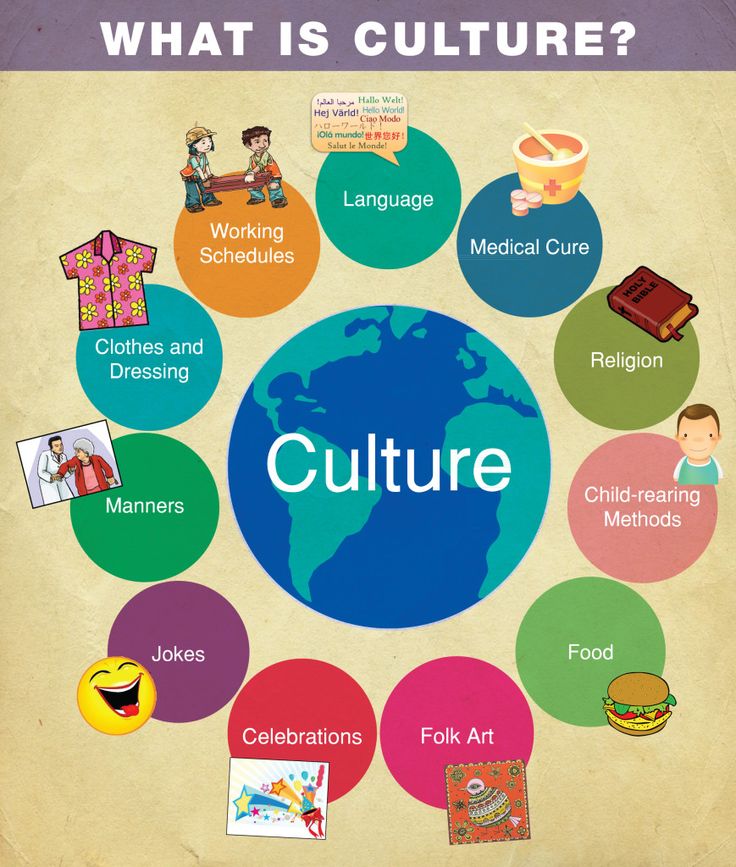
- Turn your students into word detectives! This fun activity gets kids to read books while searching for keywords. Hand them a list of keywords to find in the book. When they find the keywords used in sentences, encourage them to use those words in spoken and written sentences.
- Kids love art, so why not get them to create drawings to express their understanding of words? Students can form their own connections to new words through drawings, patterns, and other examples.
Make new words fun to learn! Combine visuals such as graphics and photos with auditory learning to cover a range of learning styles and make it easier for students to learn new words.
Using word-learning strategies
Word-learning strategies allow students to familiarize themselves with words and phrases. Instead of having partial knowledge, they'll learn the meaning of the word and any related words. Students can develop word consciousness with the help of quality reading materials and practical teaching methods.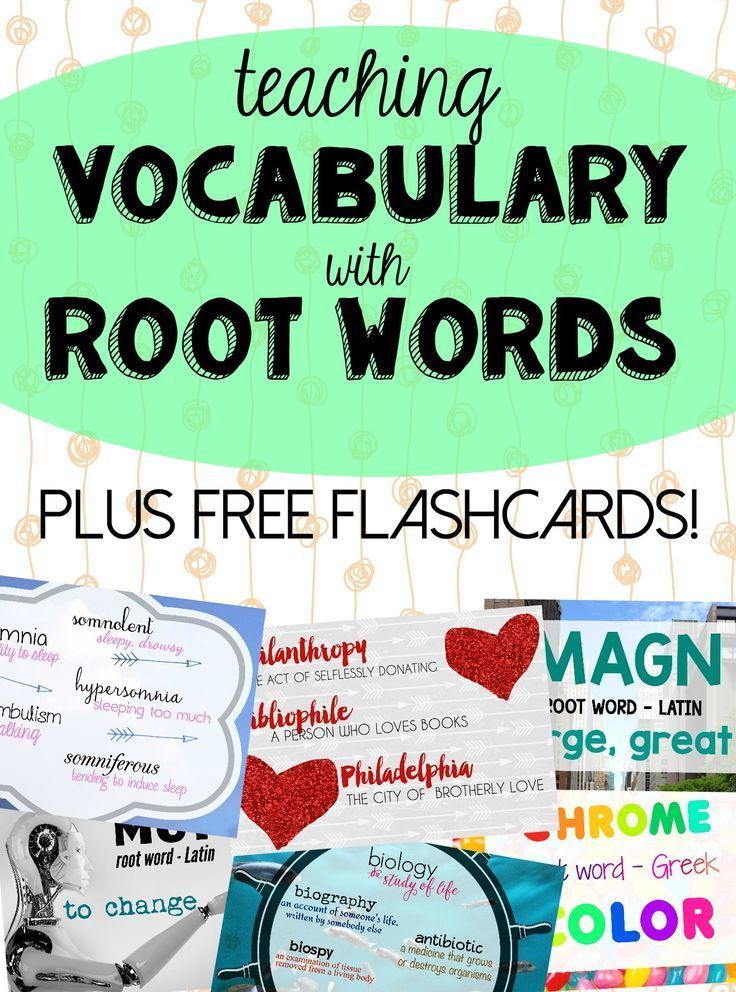
Break down words into meaningful parts
Word parts are root words you can add a prefix or suffix to make a new word.
Allowing students to read keywords and add prefixes or suffixes helps them garner the meaning of those words based on how it's used in a sentence. Give your students opportunities to guess the meaning of word parts to support their vocabulary growth.
Word parts work best for students with a larger vocabulary.
Ask questions about a word
One way for students to learn words involves understanding the definition, how it works grammatically and its subtext. Motivate your students to ask questions such as:
- Does the word have a masculine or feminine version similar to other languages?
- How can I use the word in more than one sentence?
- Does the word have several meanings? Homonyms such as "pen" can mean an instrument to write with, or an animal enclosure.
When students deepen their word knowledge, they'll gain confidence in their ability to strengthen their vocabulary.
Reflect and practice new words
Some words are easier to learn than others. Inspire your students to test their word knowledge and determine areas where they need help. They might require assistance in boosting their confidence to use those words in sentences or to speak them with confidence. Also consider that they may not fully understand the meaning of those words.
Encourage your students to reflect regularly on new words and use them in their everyday conversations. This is where vocabulary notebooks come in handy to build word knowledge!
Additional vocabulary activities
Bring words to life through vocabulary development activities! There are lots of fun things you can do in the classroom that encourage students to practice vocabulary.
Try these activities to boost kids' vocabulary skills:
- Guided word sorting. Give your students a list of words to sort into various categories, such as parts of speech (noun, verb, etc.
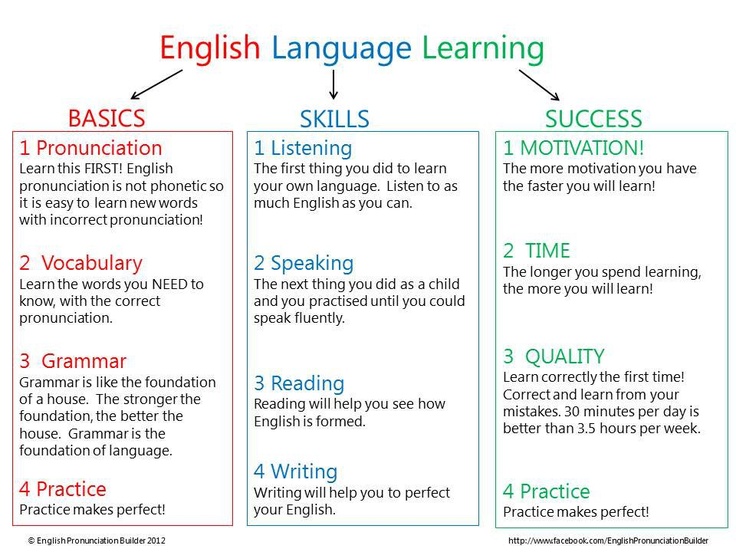 ), geography (cities, towns), or something they can relate to. Students develop an understanding of new words as they group them into categories. Turn word sorting into a fun game!
), geography (cities, towns), or something they can relate to. Students develop an understanding of new words as they group them into categories. Turn word sorting into a fun game! - Word fixes (on-purpose errors). Use a word incorrectly in a sentence and ask your students to correct the mistake. Choose one or more students to write the word correctly in a sentence and share it with the rest of the class.
- Make mind maps. Mind mapping involves the use of colored pencils and pens to create a graphic of how the keyword connects to other words, similar to the semantic map.
With these fun activities, vocabulary isn’t just another spelling quiz — it’s a core part of your instruction that supports everything else you teach.
Prodigy English is a brand-new adventure that helps students master key vocabulary skills in a world of their very own.
Every correct answer gives students more energy they can use to gather resources, craft items and build their very own village! Create your free Prodigy teacher account to track student progress, send assignments and help build a love of learning.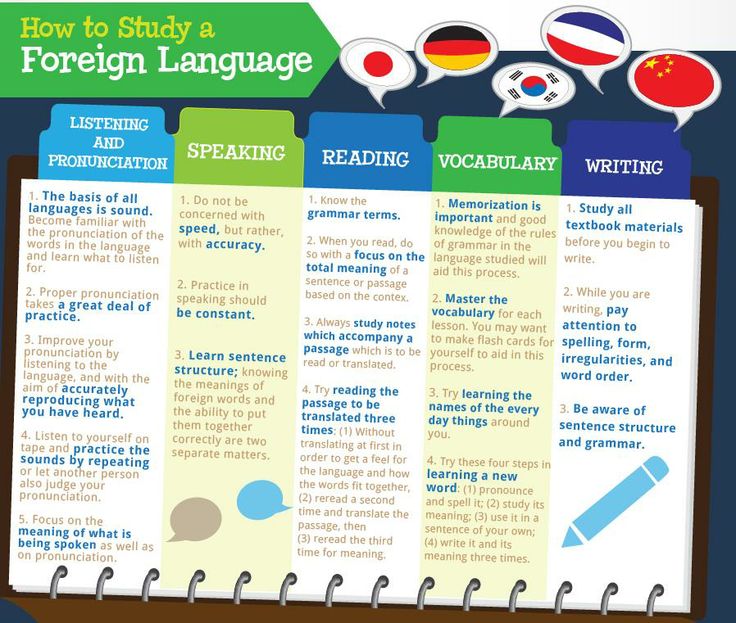
Five Research-Based Ways to Teach Vocabulary
Did you know that typically, only 5% to 10% of instructional time is devoted to vocabulary instruction, yet students, especially struggling students and English learners (ELs), need between 12 and 14 exposures to words and their meanings to fully learn them (Durkin, 1978/79; Roser & Juel, 1982; Scott, Jamieson, Noel, & Asslin, 2003)? Teaching the meanings of important words before learning new content activates students' background knowledge and prepares them for learning and comprehending. In other words, teaching vocabulary provides the “Velcro” for new information to “stick to.”
What Research Says About Effective Vocabulary Instruction
Vocabulary instruction must be explicit. Explicit vocabulary instruction includes an easy-to-understand definition presented directly to students along with multiple examples and nonexamples of the target word, brief discussion opportunities, and checks for understanding.
Vocabulary instruction must include multiple practice opportunities for using words within and across subjects. That is, instruction must be extended over time with opportunities for students to hear, speak, read, and write words in various contexts. This builds students’ breadth and depth of vocabulary knowledge.
Vocabulary should be taught schoolwide and across all subject areas. Each subject has a unique set of vocabulary terms, and students need to know their meanings and how to use them in various contexts.
Word Selection
Instructional time is precious, and teachers are not able to address every unknown word students might encounter, so careful word selection is key. When deciding which words to target for explicit instruction, consider words that are
- essential to understanding the main idea of the text or unit,
- used repeatedly or frequently encountered across domains, and
- not part of students’ prior knowledge.

ELs may require even more careful word selection and extensive vocabulary instruction because they may be learning conversational language and academic language at the same time. Colorín Colorado provides additional information about selecting vocabulary words to teach ELs.
Some of Our Favorite Vocabulary Instructional Activities for ALL Content Areas
The five activities described below are effective ways to teach vocabulary for all students, but especially for struggling students, students with learning disabilities, and ELs.
1. Essential Words Routine
Teachers use a simple graphic organizer to preteach the meanings of important words in about 5 minutes per word. During this routine, teachers introduce target words with definitions, visual cues, and examples. Students engage in immediate practice using the words through collaborative student turn-and-talk activities.
Resources- Vocabulary Maps Toolkit from Middle School Matters
- Reading Instruction for Middle School Students: Developing Lessons for Improving Comprehension (see page 11)
2.
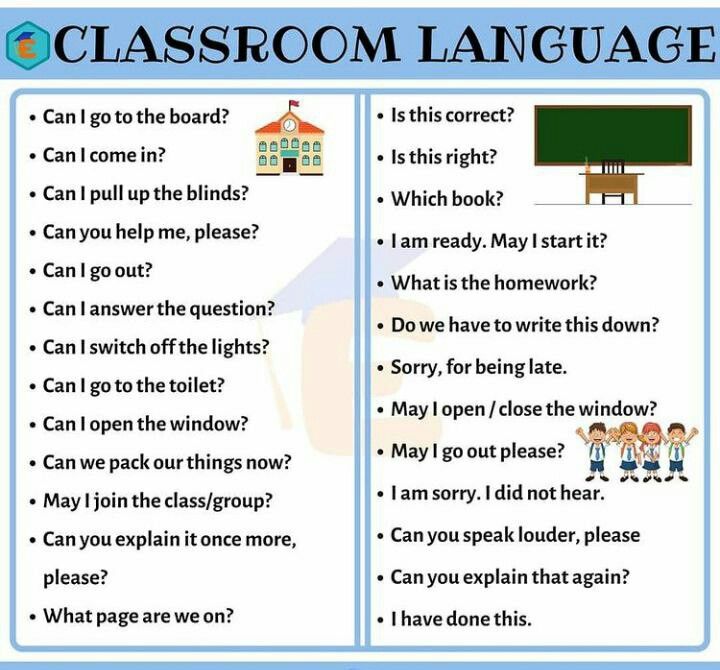 Frayer Model
Frayer ModelOne way to have students extend their knowledge of important words is through a Frayer model. This graphic organizer builds vocabulary and conceptual knowledge across content areas. The strategy requires students (not the teacher) to define a vocabulary word and then list its characteristics, examples, and nonexamples. Frayer models can be completed in collaborative groups using textbooks and other subject-matter materials while the teacher circulates around the classroom and assists students.
Resource
Online module, examples, and templates from the IRIS Center
3. Semantic Mapping
Semantic maps visually display and connect a word or phrase and a set of related words or concepts. Implementing semantic map activities in your classroom will help students, especially struggling students and students with learning disabilities, recall the meanings of words and understand how multiple words or concepts “fit together.” Teachers will find that using a semantic map, combined with explicit instruction and practice opportunities, is an effective way of expanding students’ vocabulary and supporting their content knowledge.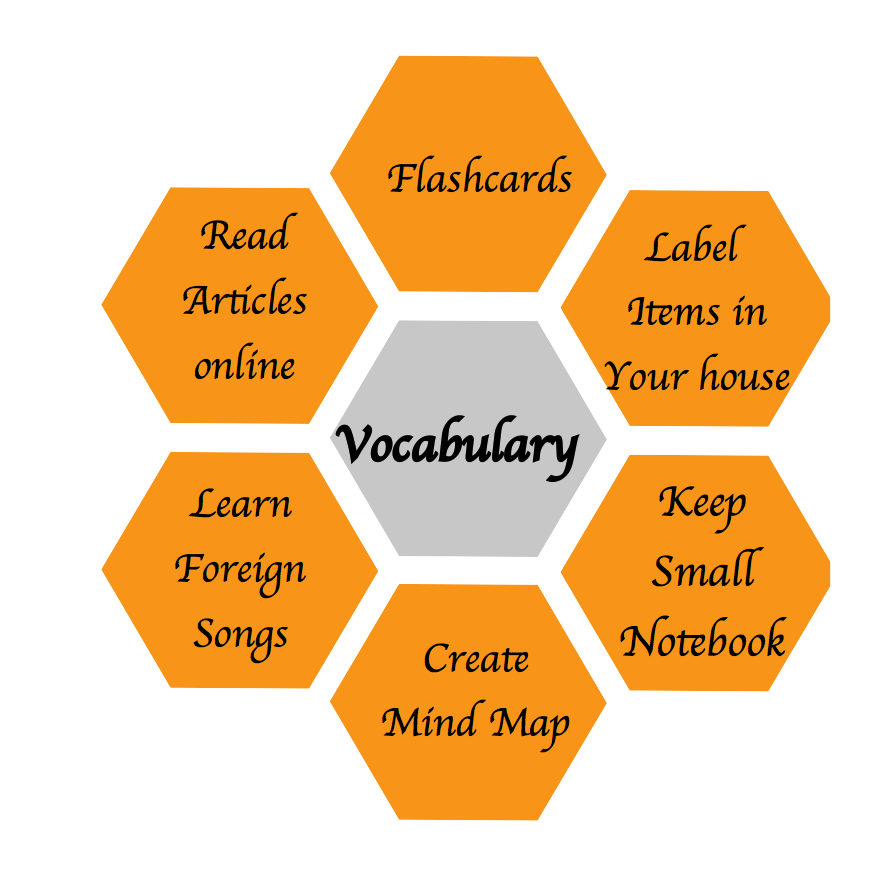
Resources
- Introduction to semantic maps and sample lesson plans from the Developers of PowerUp What Works
- Semantic mapping teaching strategy guide from PowerUp What Works
4. Vocabulary Review Activities
Multiple opportunities to practice using new words is an important part of vocabulary instruction. In previous TCLD research studies, brief review activities were built into novel unit lesson plans to help students practice (and remember) the meanings of important words. Each of these activities takes 5 to 10 minutes and is easy to prepare.
- Partner Review Routine: Partners work together to quickly review words learned the previous day.
- Sentence Review Routine: Partners create sentences using words assigned by the teacher.
- Examples and Nonexamples: The teacher tells students scenarios or shows pictures and students respond chorally to each scenario, indicating whether it is an example or nonexample.

- What Word Fits? The teacher asks a question and student partners hold up an index card with the word that fits or answers the question.
Resource
Each activity is described in more detail beginning on page 33 of the TCLD booklet Reading Instruction for Middle School Students: Developing Lessons for Improving Comprehension
5. Morphemic Analysis Routine
Explicit instruction of words is important, but it is impossible to teach all the unfamiliar words students will encounter. One way to help students develop strategies for approaching unfamiliar vocabulary is to teach morphemes (prefixes, roots, and suffixes). Students can be taught the following morphemic analysis routine to help them engage in independent word study.
Resource
Learn more about the morphemic analysis routine by reviewing this online learning module from the Texas Adolescent Literacy Academies.
Have questions? Feel free to drop us a line!
5 vocabulary development exercises
How pleasant it is to listen to eloquent and competent speech when a person knows how to choose the right words and accurately describe his thought.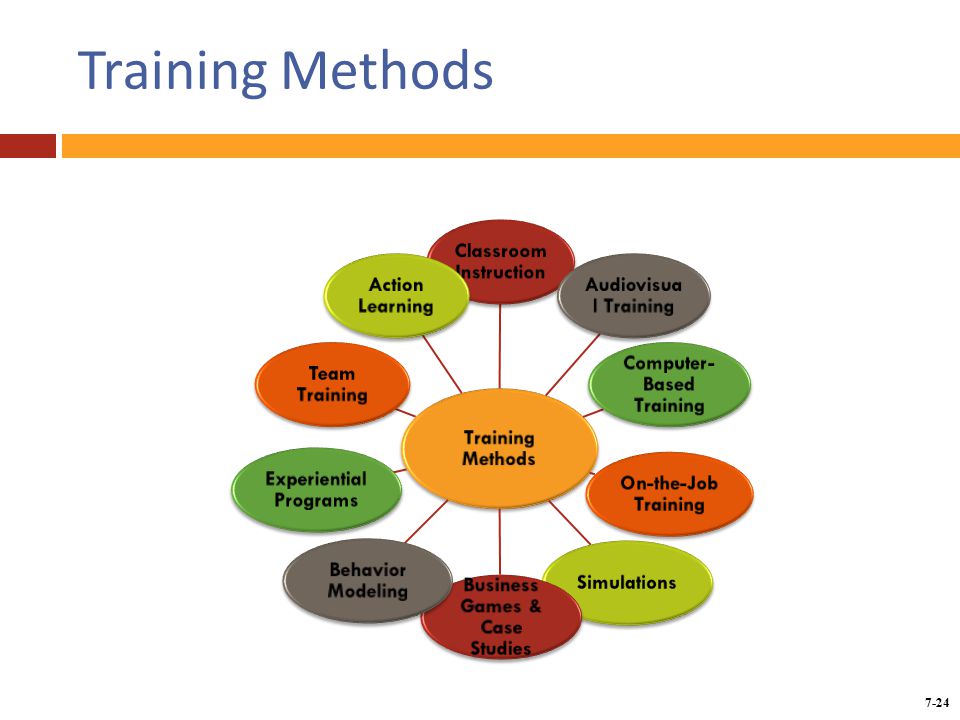 And illiterate, “poor” speech, which is quite difficult to understand, cuts the ear just as much. It is a large vocabulary that is a sign of intellectual development and can help you in learning, working or speaking in front of a large audience.
And illiterate, “poor” speech, which is quite difficult to understand, cuts the ear just as much. It is a large vocabulary that is a sign of intellectual development and can help you in learning, working or speaking in front of a large audience.
Before starting the study of exercises to increase vocabulary, let's look at the types of vocabulary:
- Active vocabulary. These are the words that we use in everyday life when communicating with friends, family, colleagues. When writing letters, SMS in chat, social networks. When we speak, we do not think about the words and do not put effort into constructing sentences.
- Passive vocabulary. These are words that we know, but do not use in conversation. As a rule, the passive reserve can be 2-3 times greater than the active one. On occasion, we can search in our head and find the right words, but we do this very rarely. nine0008
- External vocabulary. These are words we don't know. Usually these are specific words from the professional field of activity.
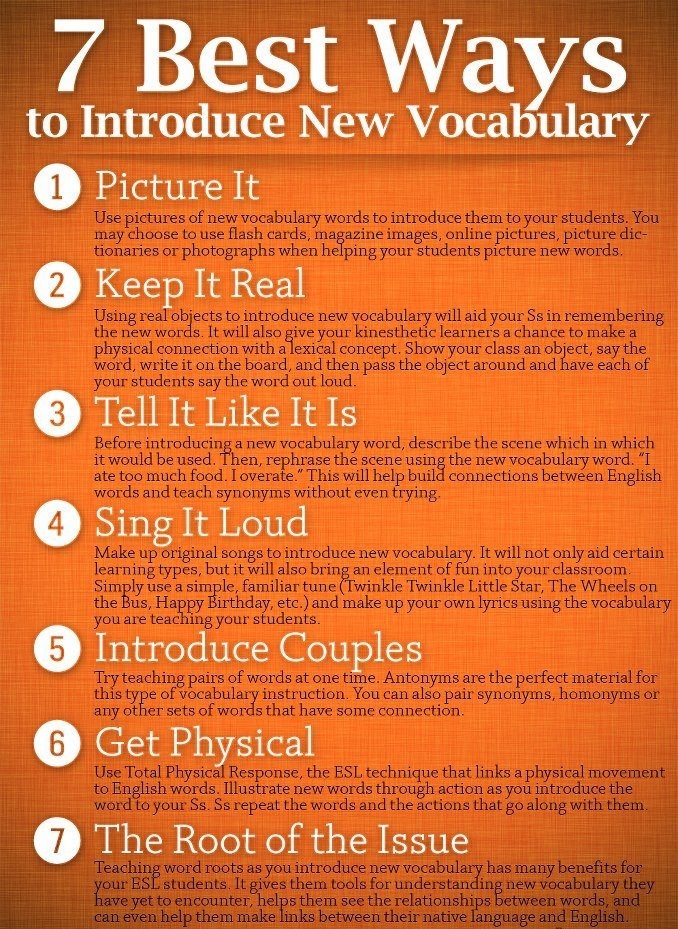
It is rather difficult to set clear boundaries in the vocabulary. Children's vocabulary can average 1000 words, adults have 10 times more. Erudite people who are constantly engaged in self-development, read a lot of books and constantly study, have a vocabulary of up to 50,000 words. Therefore, we have selected such universal exercises to expand the active vocabulary that schoolchildren, students or specialists can perform. nine0003
- Alphabet exercise. You need to come up with a sentence in which all words will begin with the next letter of the alphabet. Example: "Alina runs in the thick of trees." Try to make long sentences using words from A to Z.
- Noun exercise. Make up a story and tell it using only nouns. "Morning. Water. Walk. Dog. Tea. Breakfast. Metro. Job. Meeting. Tasks. Dinner."
- Exercise "Verbs". Repeat the previous exercise, only using verbs instead of nouns. nine0008
- Exercise "Adjectives and adverbs". Also invent a story, just voice it now with the help of adjectives and adverbs.

- Exercise "Monophone". Remember all the words that start with the letter A and come up with a sentence with them, keeping the meaning. And do this with all the letters in the alphabet.
These exercises will be difficult to complete at first, so don't give up too soon. Each time, it will be easier for you to come up with stories and look for the right words. You will find even more useful information on the website "Russia - the land of opportunities". The platform hosts free online courses, webinars on marketing, PR, charity, management, psychology, and finance. Follow the link to register on the site and get access to unique programs. nine0003
A technique for expanding the English vocabulary of high school students through advertising texts
Author : Novikova Zlata Konstantinovna
Supervisor : Gorokhova Yulia Vladimirovna nine0003
Heading : Pedagogy
Posted by in young scientist #22 (417) June 2022
Publication date : 06/02/2022 2022-06-02
nine0033 Article viewed: 136 times
Download electronic version
Download Part 7 (pdf)
References:
Novikova, Z. K. A technique for expanding the English vocabulary of high school students through advertising texts / Z. K. Novikova. - Text: direct // Young scientist. - 2022. - No. 22 (417). — S. 512-515. — URL: https://moluch.ru/archive/417/92465/ (date of access: 01/08/2023).
K. A technique for expanding the English vocabulary of high school students through advertising texts / Z. K. Novikova. - Text: direct // Young scientist. - 2022. - No. 22 (417). — S. 512-515. — URL: https://moluch.ru/archive/417/92465/ (date of access: 01/08/2023).
The main goal of learning English in high school is to develop existing knowledge to a level that will allow schoolchildren in specialized institutions to continue studying a foreign language with a profile bias without any problems, as well as easily master all the “everyday” level of English, which will allow students to travel safely and discuss basic topics. In this vein, advertising texts represent fertile material, because it meets all the requirements for teaching a foreign language in high school, and also increases the motivational aspect in learning. Advertising texts carry a huge lexical potential and their use in English lessons will help to form a full-fledged active and passive stock of English words in schoolchildren.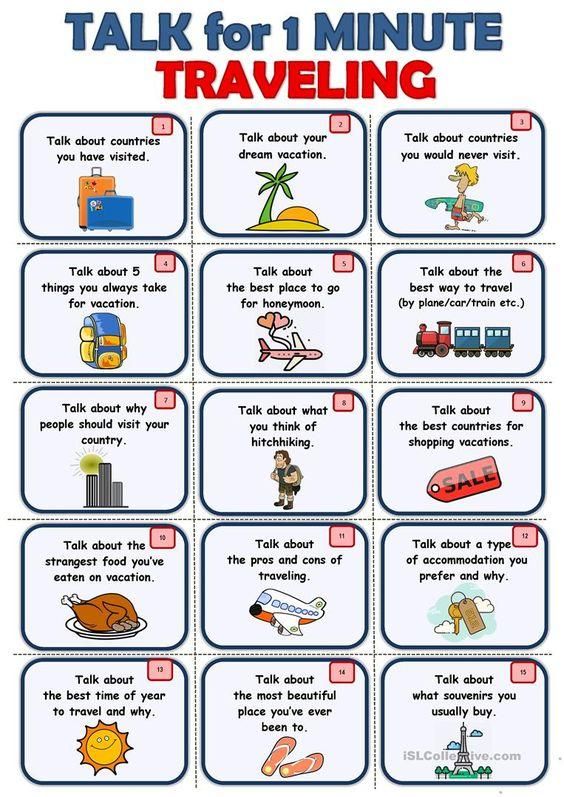 For teaching, the teacher must always have up-to-date material in the target language, namely, one that reflects the current state of the foreign language. Due to their specificity, advertising texts are one of the most suitable materials for expanding vocabulary at the senior stage of schooling. nine0003
For teaching, the teacher must always have up-to-date material in the target language, namely, one that reflects the current state of the foreign language. Due to their specificity, advertising texts are one of the most suitable materials for expanding vocabulary at the senior stage of schooling. nine0003
All of the above determines the relevance of this work.
The purpose of this study is to identify and develop methods for expanding the English vocabulary of high school students through advertising texts at the senior stage of education.
Mastering the vocabulary is an important part of the work on the communicative competence of the student. Possession of only a minimum number of language units can limit a student in speech skills and complicate the further process of developing a foreign language. Therefore, it is very important in English lessons to regularly and constantly improve the vocabulary of schoolchildren. If we take into account the pedagogical process, then the vocabulary is usually divided into three categories: active vocabulary, passive and potential. nine0003
nine0003
The main difference between the active passive and potential vocabulary is that when mastering the passive and potential vocabulary, the student cannot immediately extract the word from memory and bring it into speech, however, he can quickly learn it in passive types of language activity (reading, listening). research, passive and potential vocabulary is always greater than active and is of great importance in the further development of communicative competencies. Thus, training in potential and passive vocabulary comes down, first of all, to the very mastery of the methodology and technique of recognizing unfamiliar words. Passive and potential vocabulary greatly expands the lexical capabilities of high school students when teaching receptive types of speech activity. Before proceeding to the methods of increasing the vocabulary of high school students, it is necessary to analyze the principles of working with lexical tasks. First of all, it must be remembered that the cognitive process is directly proportional to the assimilation of lexical units, because such a process ensures the memorization of the image of the word.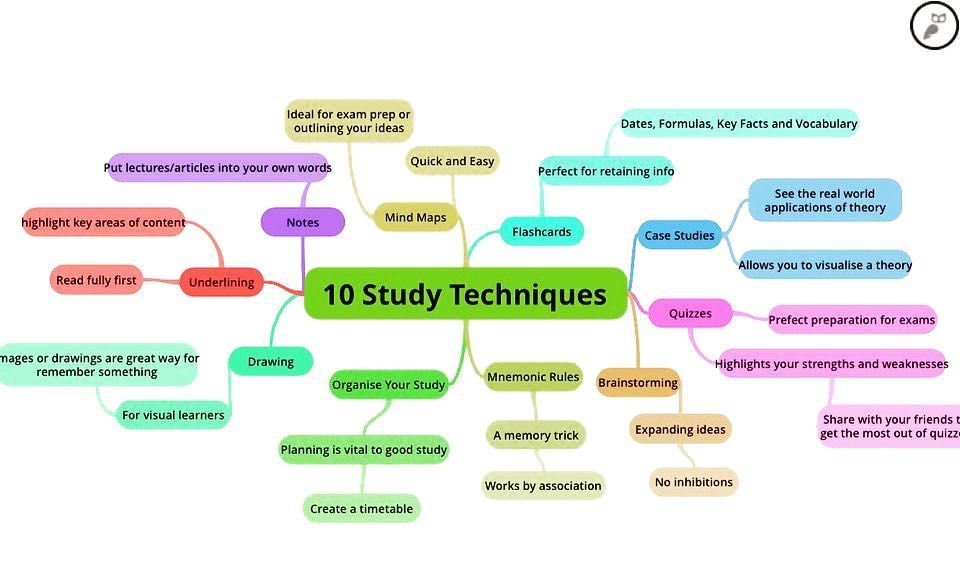 The cognitive process of memorizing words must be conscious and gradual. Mechanical memorization of a huge amount of lexical units does not meet the criteria for the work of the cognitive process in schoolchildren and, as a result, is not appropriate [Shcherba, 156 p.]. Particular attention should be paid to the methods of working out and practical exercises at the initial stage of mastering a foreign language lexical unit. Work with the word should be carried out repeatedly, thanks to which the knowledge of lexical stereotypes is formed in schoolchildren. Performing exercises such as substitution, correlation, transformation help students understand the area of application of the word, translate it into working memory, understand its lexical, grammatical and contextual use. After the formation of the cognitive image of the word, the student learns to consciously, creatively, variably and quickly use the desired lexical unit, bringing it into active speech. Since high school students have long formed all receptive and productive skills, when working with them, the teacher’s range of tasks is significantly expanded, because here the teacher can use such methods of working with vocabulary as discussion, projects, creative tasks based on compiling advertising texts.
The cognitive process of memorizing words must be conscious and gradual. Mechanical memorization of a huge amount of lexical units does not meet the criteria for the work of the cognitive process in schoolchildren and, as a result, is not appropriate [Shcherba, 156 p.]. Particular attention should be paid to the methods of working out and practical exercises at the initial stage of mastering a foreign language lexical unit. Work with the word should be carried out repeatedly, thanks to which the knowledge of lexical stereotypes is formed in schoolchildren. Performing exercises such as substitution, correlation, transformation help students understand the area of application of the word, translate it into working memory, understand its lexical, grammatical and contextual use. After the formation of the cognitive image of the word, the student learns to consciously, creatively, variably and quickly use the desired lexical unit, bringing it into active speech. Since high school students have long formed all receptive and productive skills, when working with them, the teacher’s range of tasks is significantly expanded, because here the teacher can use such methods of working with vocabulary as discussion, projects, creative tasks based on compiling advertising texts.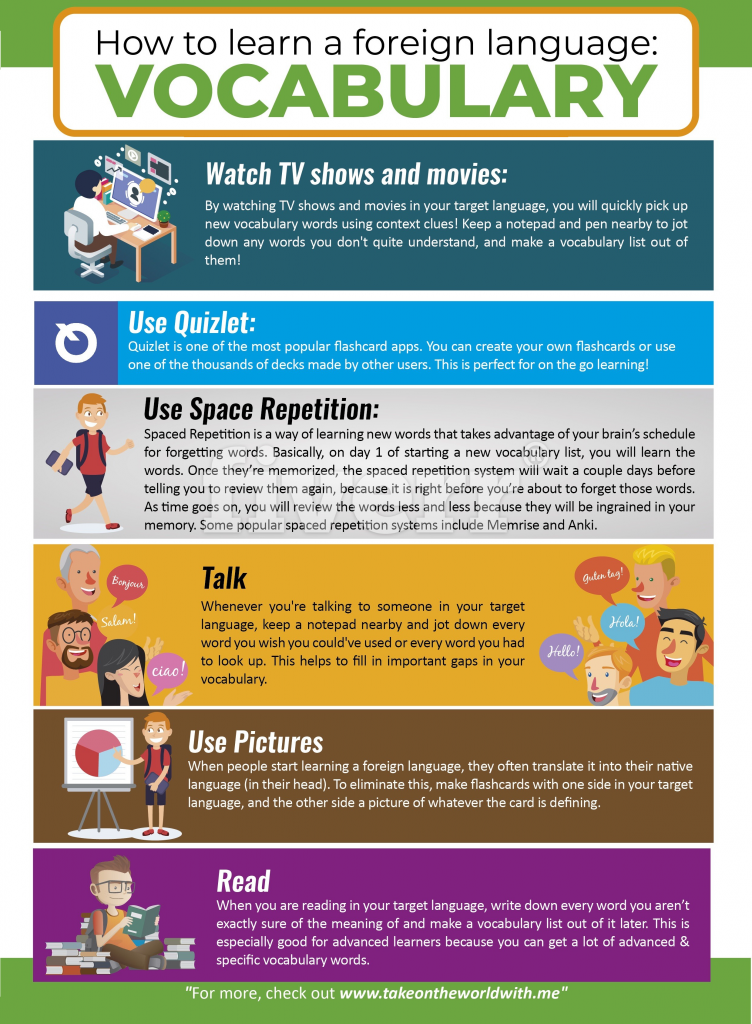 For a visual demonstration of this theoretical part, a number of exercises were developed to expand the vocabulary of schoolchildren based on advertising texts. These exercises were successfully tested in the English lessons at MBOU "CO" No. 21 (Tula) among students of 11 "G". The exercises below were based on the methods of Palmer, Harold P., Freese C., and Lado. At the same time, according to these methods, all the exercises were done orally, with the perception of the material by ear, its repeated imitation and with the exception of the written form of work. Only through oral speech lies the path to the development of lexical material by the student. nine0003
For a visual demonstration of this theoretical part, a number of exercises were developed to expand the vocabulary of schoolchildren based on advertising texts. These exercises were successfully tested in the English lessons at MBOU "CO" No. 21 (Tula) among students of 11 "G". The exercises below were based on the methods of Palmer, Harold P., Freese C., and Lado. At the same time, according to these methods, all the exercises were done orally, with the perception of the material by ear, its repeated imitation and with the exception of the written form of work. Only through oral speech lies the path to the development of lexical material by the student. nine0003
For example, to expand the vocabulary of schoolchildren to the level of "B1-B2", you can use the advertising company of the drink "Postum". Schoolchildren are given the following words with a Russian translation and an excerpt of the text for familiarization:
| Read the following words: | Read the following text and pay attention to the new words. |
| The World Wants Brainy Men "Brains" are always in demand and are paid a "premium", because brainy men do things. Brains wear out as certainly as the body if not properly nourished. nine0003 Grape-Nuts is a true Brain and Body Food. It nourishes and strengthens the nerve centers - feeds the nerve cells. Daily wear and tear is replaced by the natural food elements stored by Nature in the Wheat and Barley of which Grape-Nuts is made. Grape-Nuts food does much to keep one right for business or frolic. "There's a Reason" |
After reading and familiarizing themselves with these words and this passage, the students will take turns asking questions with the indicated words and answering the interlocutor's question.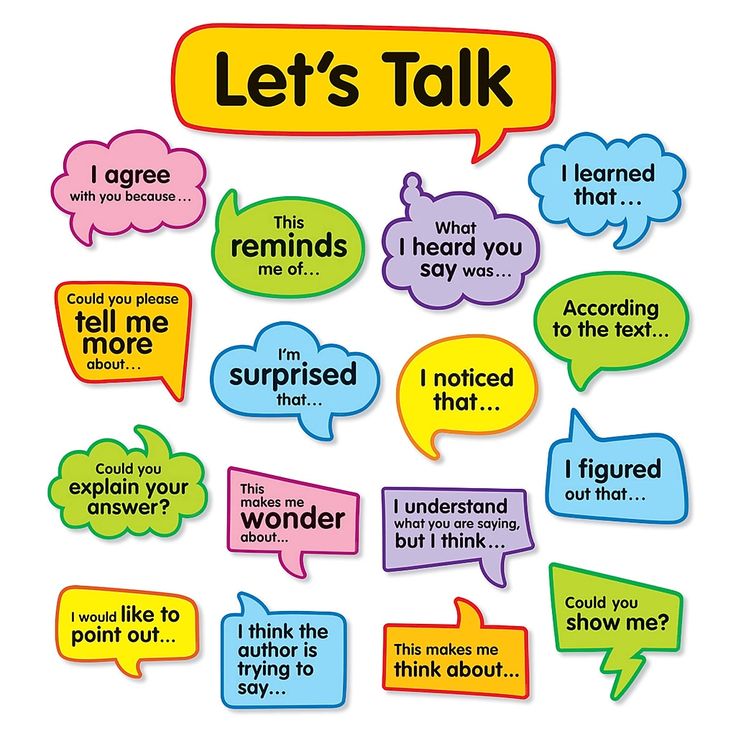
In addition to the oral method of Harold Palmer, a set of exercises for expanding the vocabulary of students was based on the audio-lingual method of Charles Freese and Robert Lado
This method involves a comprehensive mastery of the lexical aspect of the English language and, like no other, is suitable for the age of older students. nine0003
For example, the following advertising text can be taken as a basis
| Read and translate the following words: | Read the following text and pay attention to the new words. | Do the following task |
| - to hire, - to save money, -to decide on, nine0002 essentially,- well — thought, to focus on, - skills required, —qualities, —responsibility. | Sample Nanny Job Post Finding a nanny can seem overwhelming. Who would you hire? How would you find nine0002 great candidates? How can you save money?Now that you've decided on a nanny, and to let Nanny Lane help you, you need to create a nanny job post. It's essentially a well-thought out and structured job description. We recommend writing your nanny job post with your share-family, and focusing on five nine0002 categories: Job Post Title, About Us, Hours,Qualities and Skills Required, and Responsibilities". |
|
Before working with this text, it is necessary to draw the attention of students to the presented lexical units.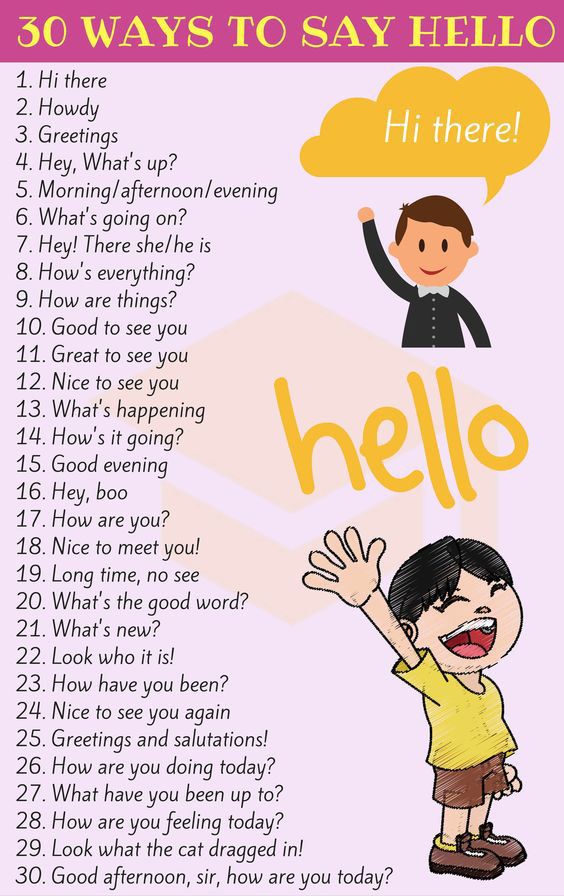 Then the teacher, together with the students, reads the text aloud, semantizes the vocabulary and the meaning of the text itself. After closing the gaps in the understanding of the text, students need to move on to training receptive skills and memorizing new lexical units using a series of the following exercises. For example, to get started with these lexical units, you can use an application such as Quizlet. After familiarizing themselves with the flash cards, students can do a number of the above tasks. nine0003
Then the teacher, together with the students, reads the text aloud, semantizes the vocabulary and the meaning of the text itself. After closing the gaps in the understanding of the text, students need to move on to training receptive skills and memorizing new lexical units using a series of the following exercises. For example, to get started with these lexical units, you can use an application such as Quizlet. After familiarizing themselves with the flash cards, students can do a number of the above tasks. nine0003
In addition to the oral method of Harold Palmer and the audio-lingual method of Charles Freese, when expanding the vocabulary of older students, you can use the audiovisual method of Rivan and Guberin
So, for example, to work out this method, you can take commercials. It is commercials that contain lively speech and active vocabulary, form phonetic skills. McDonald's promotional videos often contain everyday dialogue. To expand your vocabulary, you can use tasks that are based on a 2013 commercial.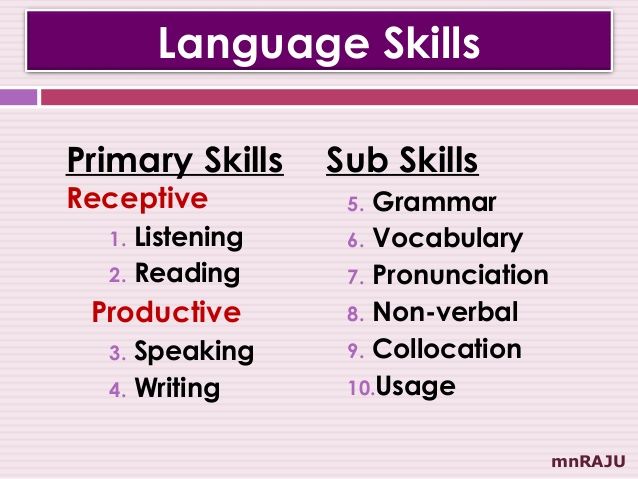 This commercial includes a dialogue between two elderly people. nine0003
This commercial includes a dialogue between two elderly people. nine0003
| The dialog script looks like this: | Work with this video clip will take place in several stages: |
| - Hey, you are late again. Four minutes ago. You are always late the exact amount of time —I am not late. —I know you are always late. Nine o'clock, nine o'clock. Don't stare, you just took a quick look Watch me. nine0003 —Hey, look, who is early for once— —look what the cat dragged in, yeah —Here is your paper. You can't stare at her dressed like that. Common. shape up. -Wow, look at you. Something landed on your head. You were left right. —She is here again. She must have a reason. Who is that? not much of a_dresser. —It is top of the link It cost a lot of money —Excuse me, it is so crowded. Would you mind terribly if I sat down here —Oh, no, go right ahead —My name is Jack by the way, what is yours —I am Grace — Glad to meet you —He doesn't even know her —Wow, you ordered the same that I did nine0003 —Fate —Oh yes —She must like bears. You should have put that thing on your chin instead of the head | 1) Primary audition 2) Analysis of difficult moments, new words orally 3) Repeat with the announcer 4) Imitation of dialogue by students 5) Listen to the dialogue and fill in the gaps nine0003 |
In addition to commercials, you can use promotional booklets.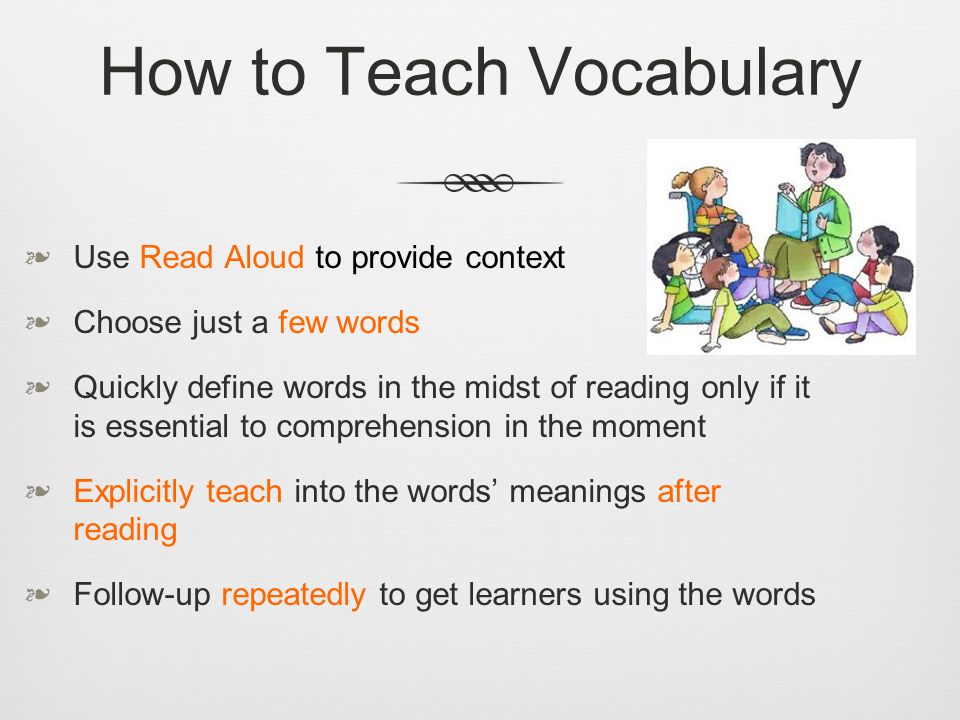 For example, when creating different exercises, you can use the advertising booklet for Snickers products (the text is presented below).
For example, when creating different exercises, you can use the advertising booklet for Snickers products (the text is presented below).
| Advertising text | Tasks |
| "OH DEAR IT'S HARD TO SPEL nine0002 WHEN YOUR HUNGRYIF YOU KEEP MAKING TYPING MISTAKES GRAB YOURSELF A SNICKERS FAST" |
|
When developing this study, the goal was, first of all, to identify and develop a methodology for expanding the vocabulary of the English language at the senior stage of education for high school students based on exercises using advertising texts.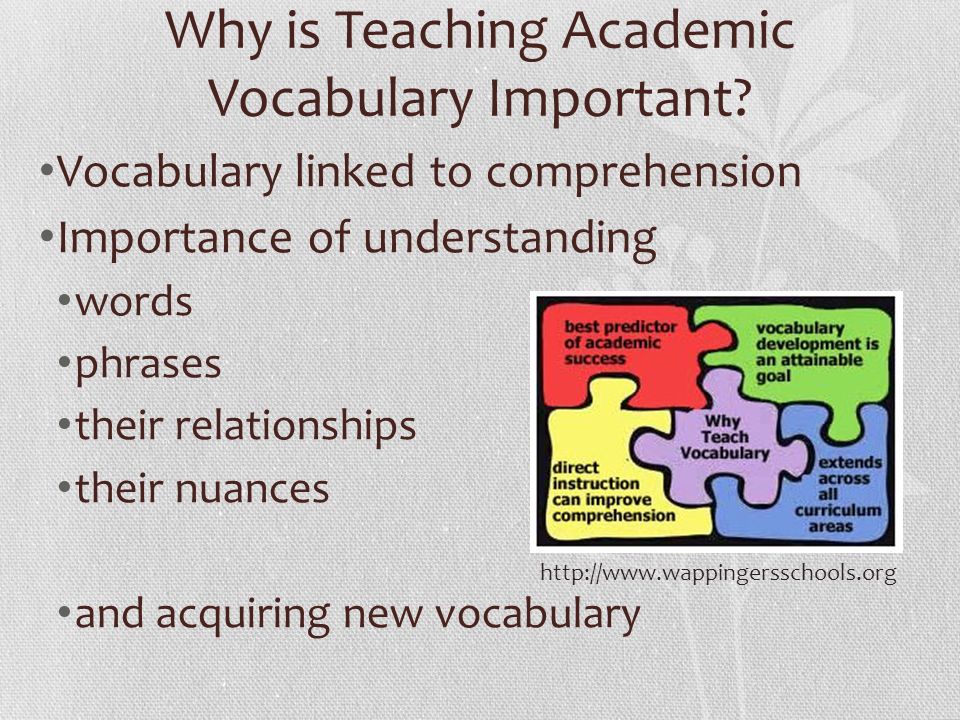 Goal has been achieved nine0003
Goal has been achieved nine0003
The methods presented above, on which special exercises were developed, show high progress among schoolchildren, and, therefore, justify their use.
Literature:
- Text] / A. A. Leontiev // Language of mass media: textbook. allowance, 2011, 296 p.
- [Text] / A. D. Krivonosov. - St. Petersburg: Petersburgekos Oriental Studies, 2002, p.121
- Quizlet [Electronic resource]. — Electron. Text, graphics, sound data and application program (76565 bytes). — Learning tools & flashcards — URL: https://quizlet.com/_b8cgd2?x=1jqt&i=3mk40f nine0008
- A. Leontiev. - M .: Education, 1969. 214 p.
- Azimov E. G. New Dictionary of Methodological Terms and Concepts: Theory
- and the practice of teaching languages - M .: IKAR, 2010. - 446 p.
- Belyaev BV Essays on the psychology of teaching foreign languages. M., 1965.
- Vanyagina Marina Romanovna "The use of mnemonics for teaching foreign vocabulary" Pedagogy and Educational Psychology, no.
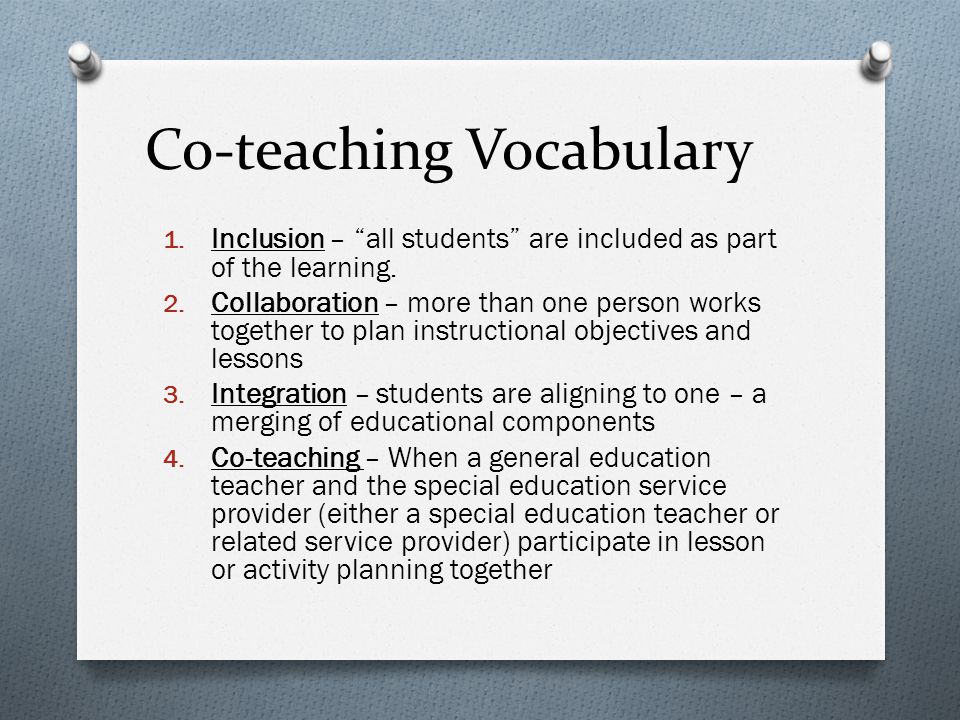 3, 2019, pp. 71–85.
3, 2019, pp. 71–85. - Dorligin Amarzaya. Modern Russian political discourse Moscow, 1999 129 p.
- Law on Education in the Russian Federation”: Paragraph 6 of Article 2 of the Federal Law of December 29, 2012 N 273-FZ
- I. Kuvshinov V.I. On working with vocabulary in English lessons // IYaSh, No. 5,1995.
- Advertising industry . URL: https://adindustry.ru/doc/1121 ) // [Electronic resource]
- Krivobokova I. Ya. Some methods of working on vocabulary // IYaSh, 1980.
- Passov E. I. Textbook on the methodology of teaching foreign languages. Voronezh, 1975.
- Passov E.I., Kuzovleva N.E. A foreign language lesson. M., 2010.
- Federal State Educational Standard of Secondary (Complete) General Education [Electronic resource]: Order of the Ministry of Education and Science of Russia dated May 17, 2012 No. 413. URL: GEF of secondary general education (grades 10–11)
- Shcherba L.
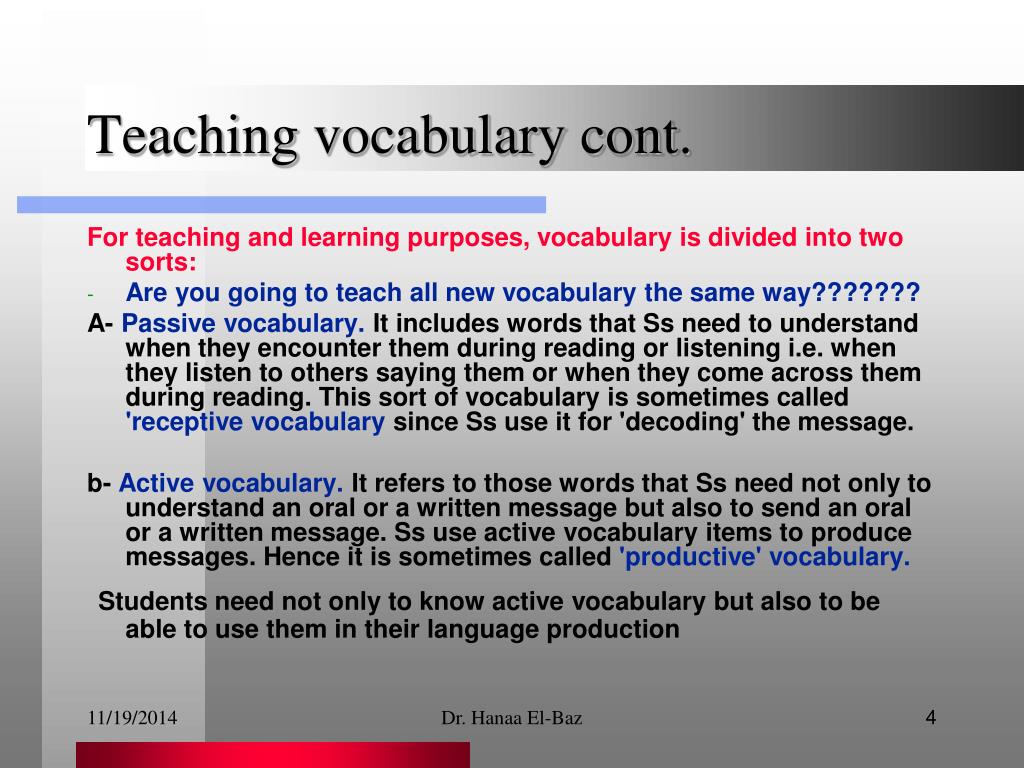 V. Teaching foreign languages in secondary school.
V. Teaching foreign languages in secondary school. - General questions of methodology - M .: Higher school. - 1974. - 112 p. nine0027
Basic terms (automatically generated) : English, vocabulary, student, foreign language, vocabulary, word, senior stage of learning, text, cognitive process, potential vocabulary.
Similar articles
Formation and development of
lexical skills in the process ...Teaching foreign languages is multicomponent process , which includes a number of skills and abilities. Mastering the lexical skill is of system-forming importance, since vocabulary, along with grammar, is the basis of any language .
To the question about the sources of
potential vocabulary when reading on. ..
.. The article is devoted to the problem of teaching to read in a second foreign language . 9 sources considered0385 potential
vocabulary stock . A review of publications on this issue is given. The categories of words with different derivation of meaning, as well as techniques are highlighted...The use of adapted literature as a means of motivation...
At the present time learning foreign language occupies an important position in
It will help hone and consolidate the formed reading skills, increase vocabulary stock
At the initial stage of learning English language is included in the lesson with.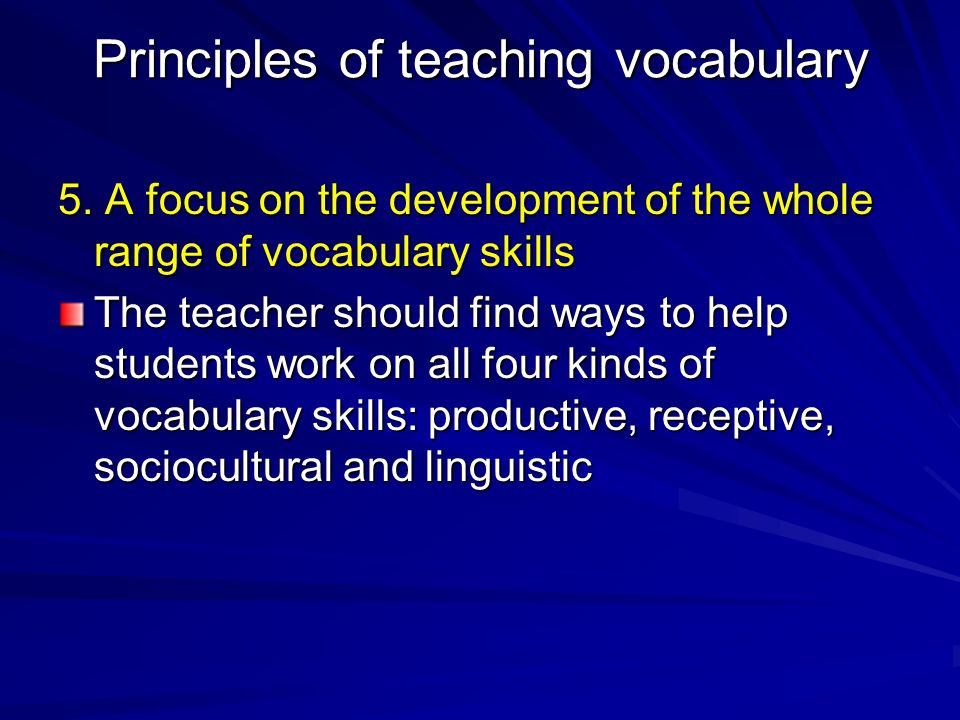 ..
..
"Smart" technologies for memorizing
words in English lessons ...Key words : mnemonics, effective methods, vocabulary stock , English
The relevance of the study lies in the fact that vocabulary vocabulary English words
Teaching foreign languages Difficulties learning vocabulary English language at school
As with learning phonetic system English language , and Learning Vocabulary
To this can be moved to the middle and senior grades to enrich of the vocabulary stock
All Dictionary English , like all Indo -European languages . Vocabulary stock is one of the most important and fundamental components of language : thanks to him, students are able to understand spoken and written speech. Many studies have been carried out to improve students' ability to learn... Key words : game, learning , foreign language , motivation, communicative process , skills. Study foreign language language is currently becoming Awakening interest in learning foreign language (in particular English ) and in foreign language communicative. When learning a foreign language students face many difficulties, one of which is the difficulty of memorizing new vocabulary. Undoubtedly, it is important to replenish vocabulary stock at any stage learning foreign language language . Unfamiliar words included in text may present varying degrees of difficulty for students. It all depends on the type and purpose of reading As students improve their analytical mechanisms and accumulate vocabulary stock , the material of the text becomes more complicated. Teaching foreign languages is a multi-component process that includes a number of skills and abilities. Mastering the lexical skill is of systemic importance , since vocabulary, along with grammar, is the basis of any language . The article is devoted to the problem of teaching to read in a second foreign language . The sources of the potential vocabulary stock are considered. A review of publications on this issue is given. The categories of words with different derivation of meaning, as well as techniques are highlighted.
The application of mobile technology for the development of
lexical ... To the question of the role of the game in the classroom
foreign language at the university 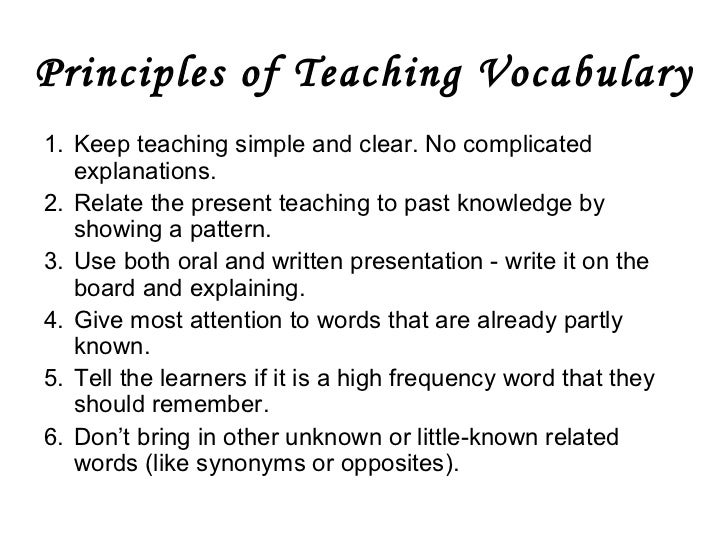 ..
.. The influence of the study of etymology on the assimilation of a new
foreign ... Modern approach to education
. New requirements... 
Similar articles
Formation and development of
lexical skills in the process ... To the question about the sources of
potential vocabulary when reading on...  ..
..
Difficulties
learning vocabulary English language at schoolBoth in teaching the phonetic system of the English language and in teaching vocabulary
You can go to this in the middle and upper classes to enrich vocabulary 0386
The entire vocabulary composition of English , like all Indo-European languages , is subdivided into...
The application of mobile technology for the development of
lexical ... Vocabulary vocabulary is one of the most important and fundamental components of the language: thanks to it, students are able to understand spoken and written speech.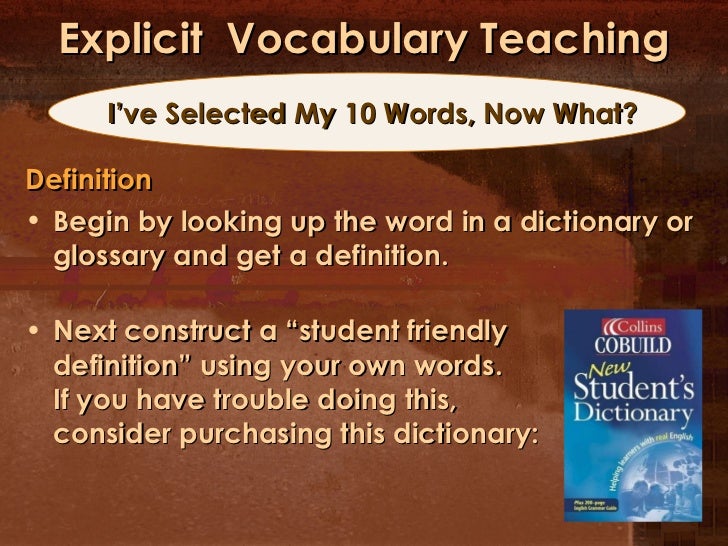 A lot of research has been done to improve students' ability to learn...
A lot of research has been done to improve students' ability to learn...
To the question of the role of the game in the classroom
foreign language at the universityKey words : game, learning , foreign language , motivation, communicative process , skills. Learning foreign language language is now becoming
Awakening interest in learning foreign language language (in particular English ) and foreign language communicative...
The influence of the study of etymology on the assimilation of a new
foreign ... When learning a foreign language students face many difficulties, one of which is the difficulty of memorizing new vocabulary.


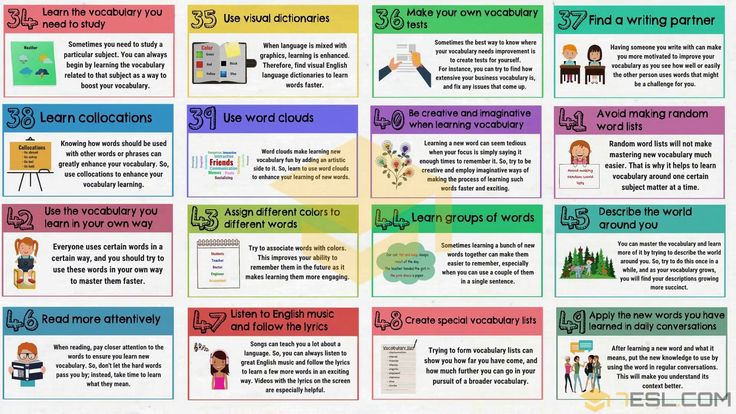
 You know it is bad idea to get toupee for mail orders. nine0003
You know it is bad idea to get toupee for mail orders. nine0003 